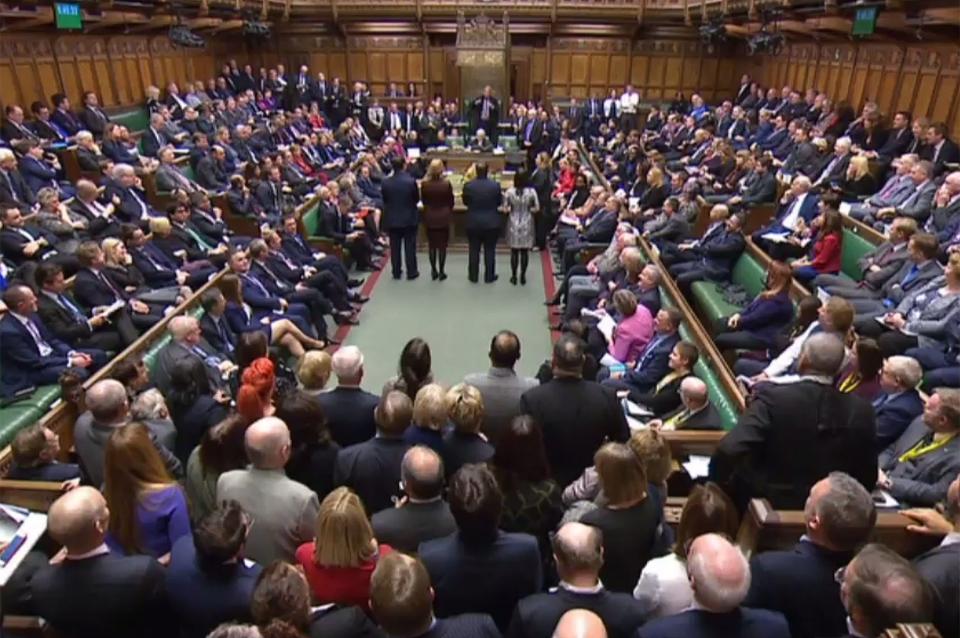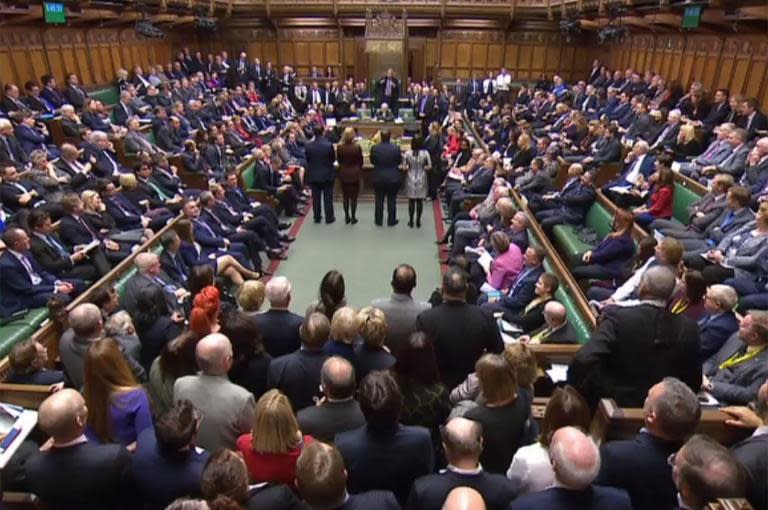How could we end up with a second referendum?
The omens were not good when pro-European campaigners began to call for another referendum soon after the UK voted to leave the EU in 2016.
Those arguing that the public should vote on Theresa May’s deal were dismissed as Remoaners and Remaniacs. Yet the campaign has travelled a long way. More than 700,000 people joined the People’s Vote’s march in London in October and more than one million have signed The Independent’s petition calling for a Final Say referendum.
As the moment of truth approaches, the idea is gathering momentum at exactly the right time. There is growing support among the Labour opposition. Significantly, cabinet ministers and Downing Street advisers are now discussing it as a plan b if the prime minister’s deal is rejected by MPs. Last week’s Commons vote to give MPs more control over what would happen next increases the prospect of a referendum.
For now, there is not a Commons majority for one. More than 100 MPs have backed a referendum. But many more would do so if parliament is deadlocked, as looks increasingly likely.
Forging a majority would require the Labour opposition to throw its weight behind the move. Despite Jeremy Corbyn’s reluctance, the party appears to be heading in that direction.
Not all of Labour’s 157 MPs would vote for a referendum. If 20 of them opposed one, supporters would need the backing of about 30 Tory MPs to create a majority – certainly possible in a parliamentary impasse. The DUP opposes a referendum but other opposition parties support the idea.
A pro-referendum vote in the Commons would not in itself make one happen. Although the government would almost certainly accept the decision, it would need to bring in legislation, which would be bitterly fought. It would be about six months before the referendum could be held. So an extension to the two-year Article 50 process beyond March would be needed. The EU would agree to this for a referendum or general election.
The other big hurdle is the question. Some Remainers do not want a no-deal exit on the ballot paper. But some Eurosceptics argue that Remain should not be there, as the country rejected that in the 2016 vote.
The most likely outcome would be a choice between May’s deal and Remain. But one alternative would be to ask people to choose between Leave and Remain, and make a secondary choice between May’s deal and a no-deal departure if there were a vote to Leave. The questions would have to be approved by the Electoral Commission as well as parliament.
There is another referendum scenario. May has always strongly opposed one, arguing that the UK had a people’s vote in 2016. If she judged that another one was the only way to salvage her deal, might she change her mind? Stranger things have happened. After all, she told us there would not be an election last year, and then called one.

 Yahoo News
Yahoo News 

